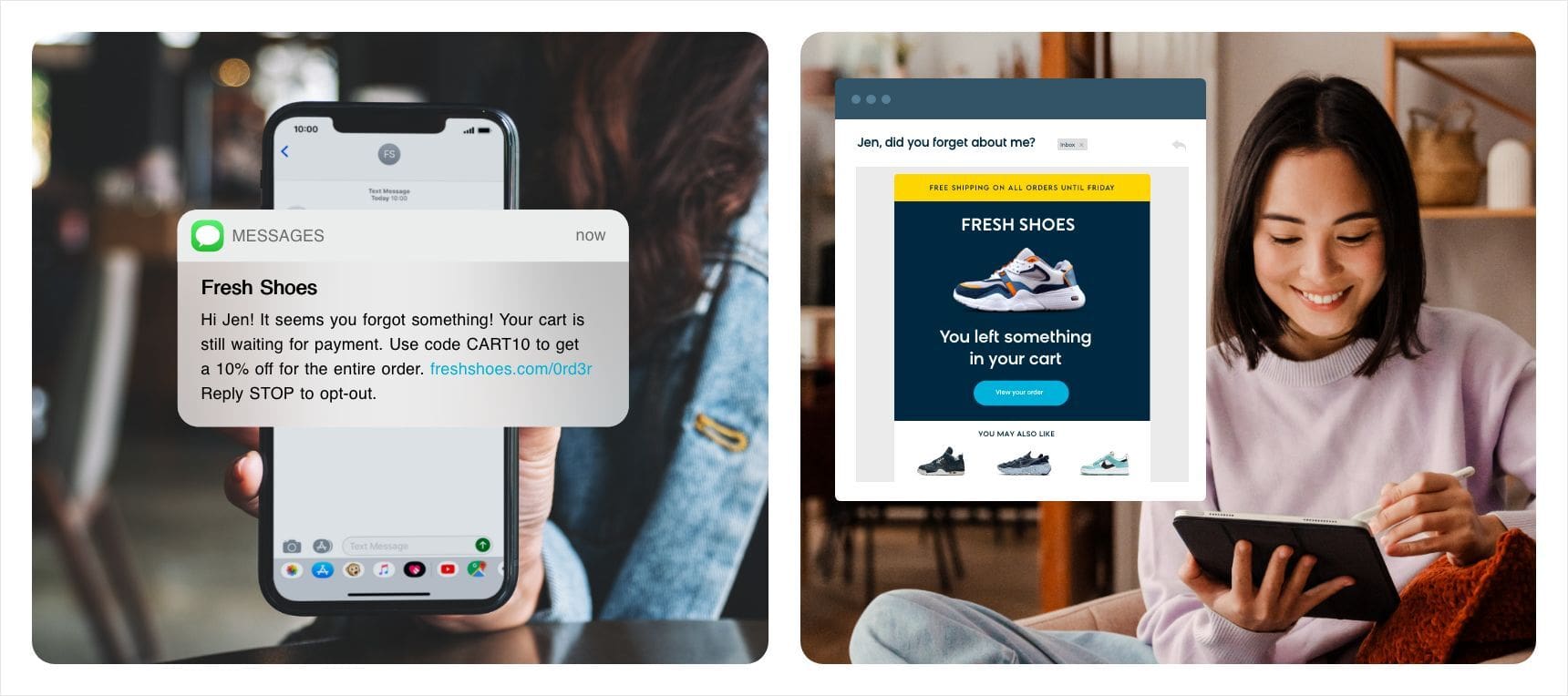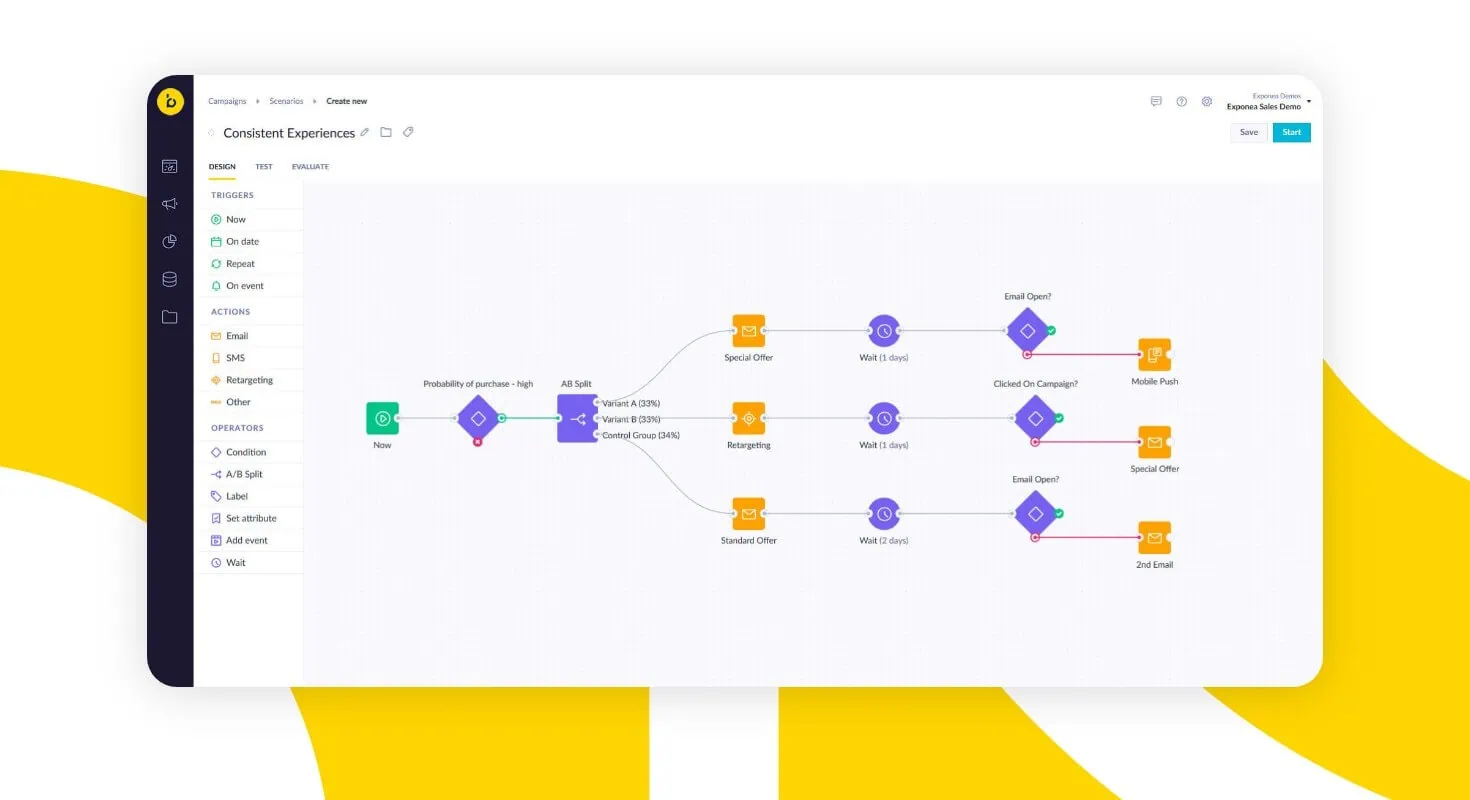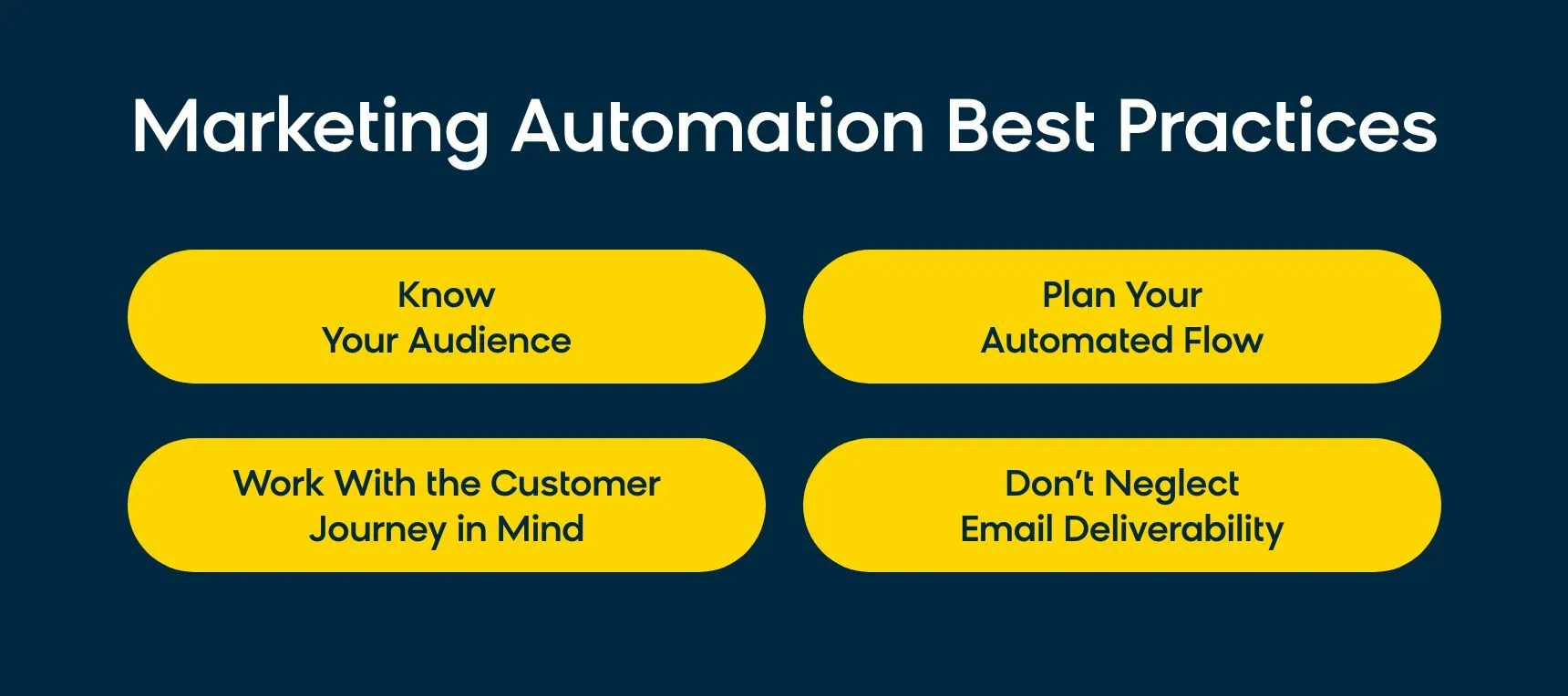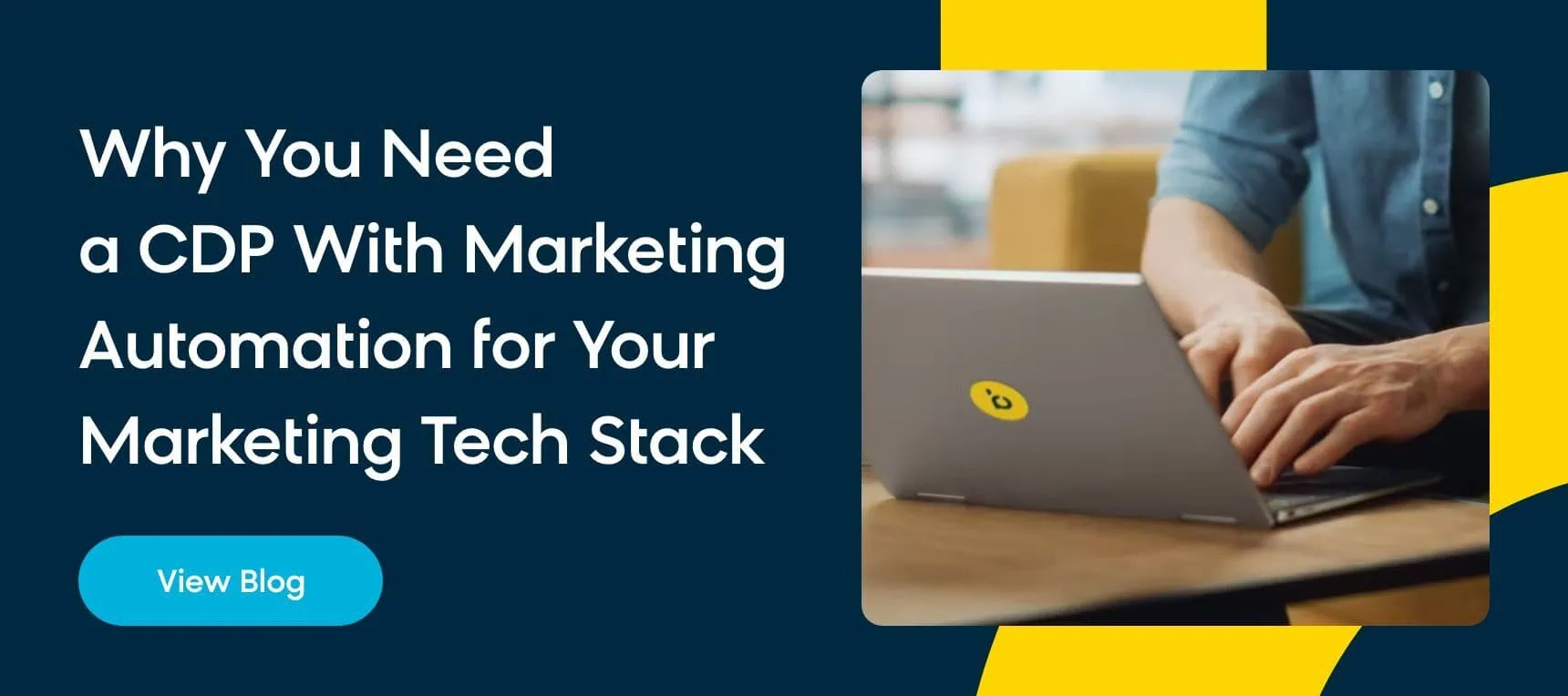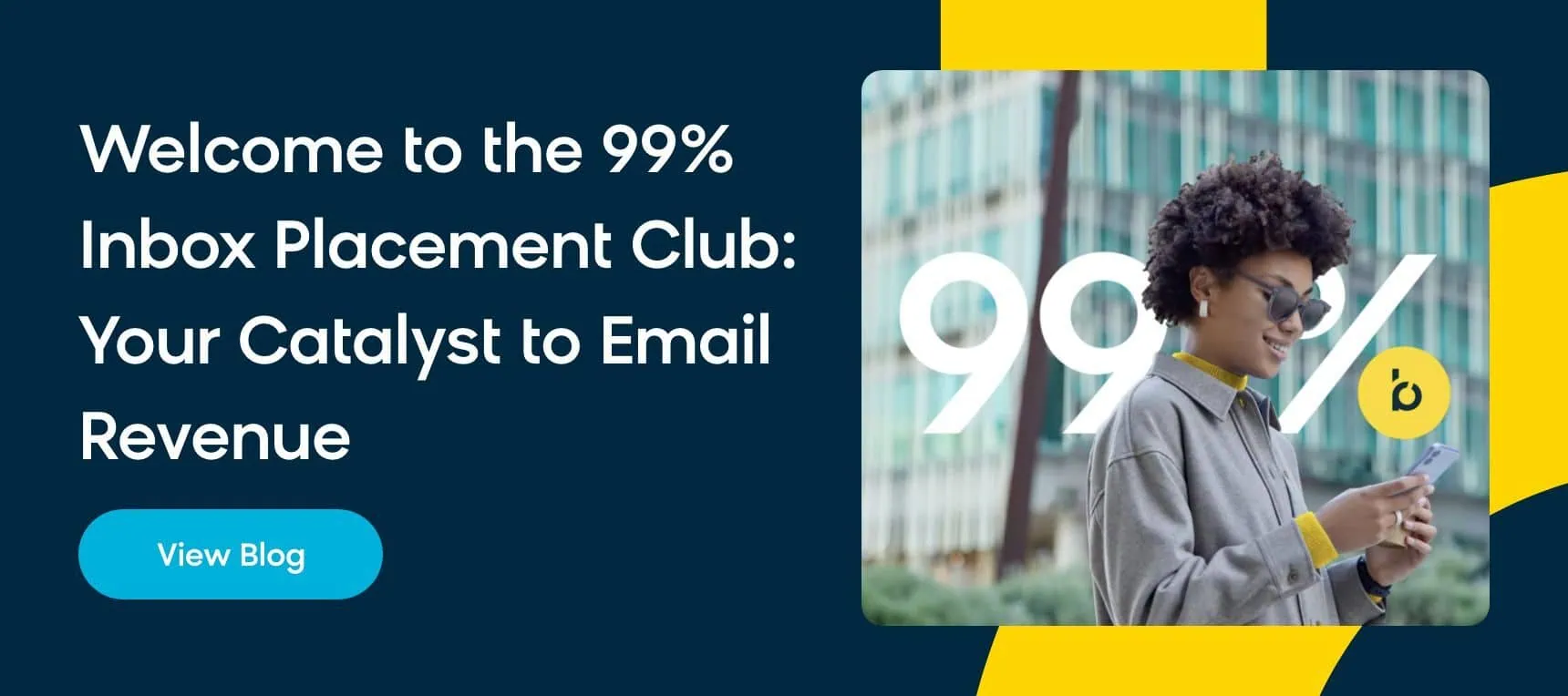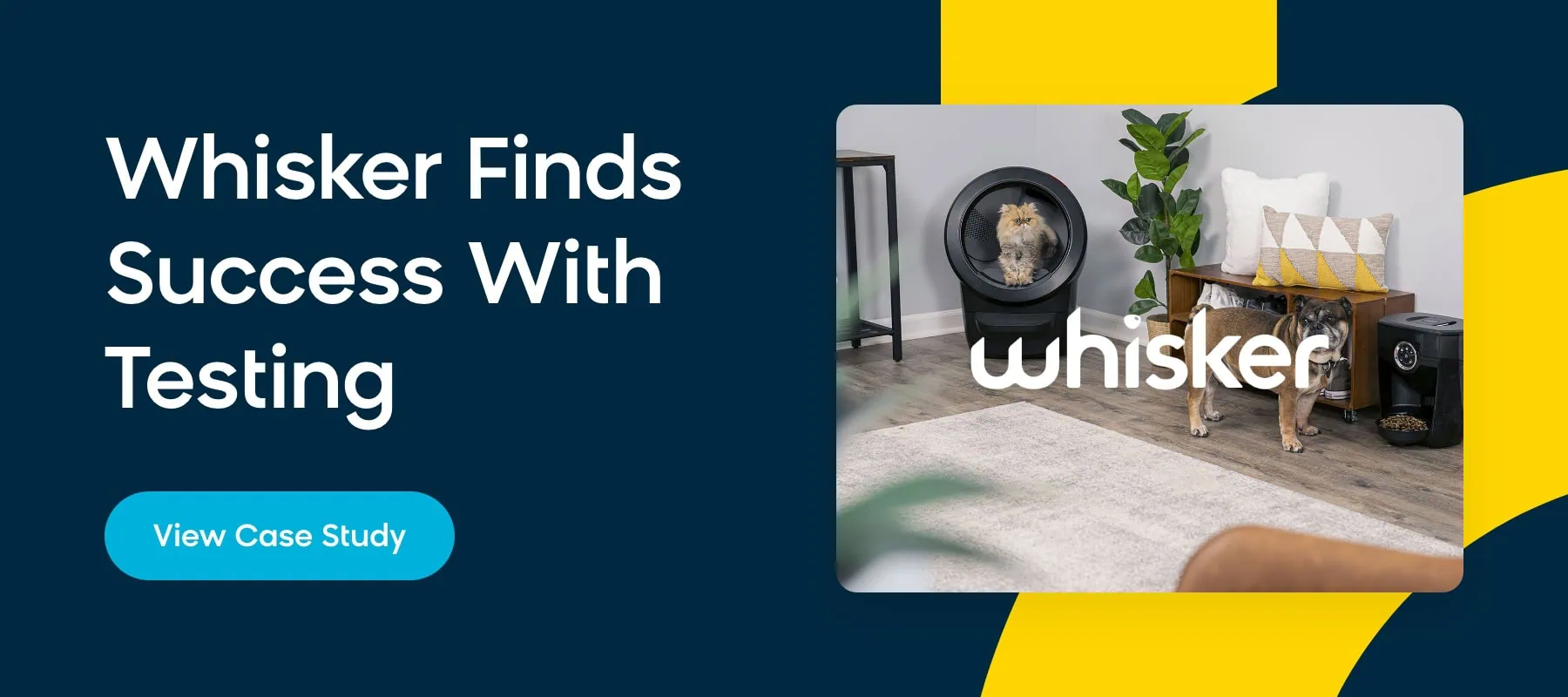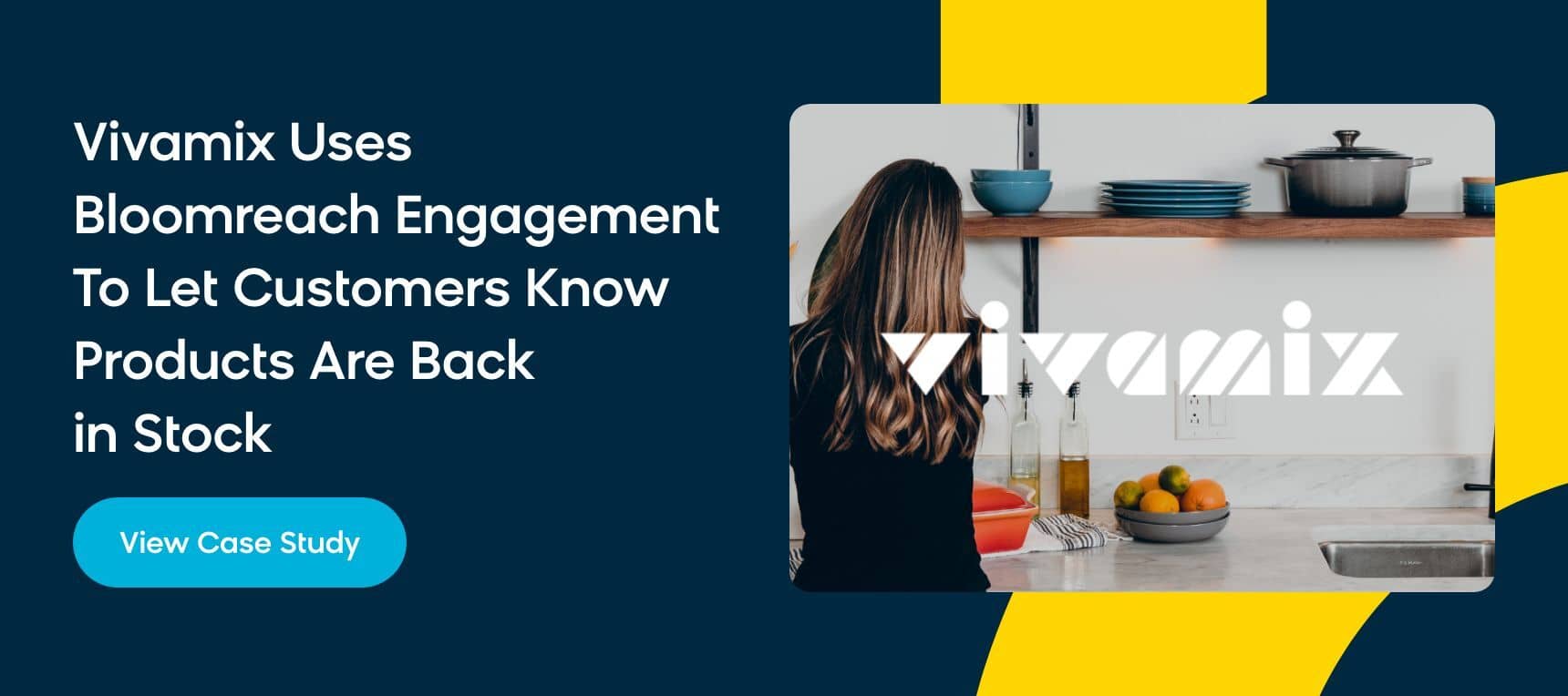If you dream of achieving better business results with less effort, allow us to introduce you to marketing automation.
Because it streamlines and optimizes digital marketing efforts, marketing automation helps businesses increase revenue and elevate the customer experience. Just ask the 77% of marketing automation users who report an increase in conversions thanks to these tools.
However, implementing marketing automation can be confusing and overwhelming, especially for anyone who isn’t already familiar with the concept.
This guide will demystify marketing automation for you. Keep reading to learn the ins and outs of marketing automation, from the basics of what it is and how it works to best practices for implementing a successful marketing automation strategy.
What Is Marketing Automation: A Complete Definition
What is automated marketing? Automated marketing refers to the use of marketing software or other tools to automate repetitive tasks, streamline workflows, and manage campaigns across multiple channels, including email, social media, digital ads, and websites.
With marketing automation, ecommerce brands increase efficiency and enjoy a host of other benefits, including better customer engagement and revenue growth.
Marketing Automation Functions
Marketing automation is your secret weapon for streamlining marketing operations and supercharging customer engagement. Imagine having tools that not only handle repetitive tasks but also deliver personalized experiences across multiple channels—be it through email, social media, or your website. These functions work tirelessly to ensure your brand is always at the right place, at the right time, with the right message. As a result, you can enjoy increased efficiency, deeper customer insights and a noticeable boost in business growth. Embracing marketing automation means you’re not just keeping up with the competition; you’re setting the pace.
How to Use Marketing Automation
To harness the power of marketing automation, start by creating workflows that align with your customer’s journey. Identify the critical touchpoints and automate personalized interactions for timely engagement. Leverage customer data to make each communication feel customized and relevant. And don’t forget—continuous improvement is key! Regularly analyze your performance metrics to refine your strategies and keep your marketing efforts on track. Master these steps, and you’ll not only boost customer satisfaction but also fuel long-term business growth.
What Are the Benefits of Marketing Automation?
Automated marketing provides businesses with several advantages that help them gain a deeper understanding of their customers. With automated marketing in place, ecommerce businesses are more efficient, improve lead management, boost customer engagement, and more:
Free up Time and Lower Costs
Automated marketing reduces costs and increases efficiency by automating repetitive tasks. This gives marketers more time to focus on high-level tasks, like creating strategies and improving the customer experience. This increased efficiency also leads to cost savings, as automated marketing reduces labor costs and reduces the likelihood of human error.
Personalize the Customer Experience
Marketing automation places your brand in the right place at the right time, so you can personalize the customer experience like never before. Target customers with personalized messages after they make a purchase, browse specific products, or abandon a shopping cart. Stay consistent with customization and you’ll increase customer engagement and loyalty over time.
Monitor Target Audiences
Automated audience monitoring segments customers by demographics, behavior, interests, and brand interactions. Assign lead scores to promising prospects so you can target them more effectively. Identify trends in customer data points and use this intel to make informed decisions about which touchpoints to deploy and when.
Improve Marketing ROI
Increased conversions go hand-in-hand with a marketing automation process. This is because automated marketing makes it easier for ecommerce businesses to send targeted content to customers at various stages of the buyer’s journey. When customers receive marketing messages that they like and respond to, they view your brand as trustworthy and credible, and are more likely to shop with you.
Increase Efficiency
Boosting efficiency in marketing automation is essential for business success. Companies can target customers more effectively through segmentation and personalization, while AI and machine learning optimize campaign timing and content. Integrating cross-channel strategies ensures a cohesive user experience, and automated lead scoring prioritizes high-value prospects. Regular analysis and A/B testing enhance campaign performance, reducing manual effort and driving better engagement and conversions.
Enhance Lead Management
Elevate your lead management with the power of marketing automation! Imagine that automated systems take care of lead qualification and follow-ups, so your team can focus on sealing the deal. With smart scoring to highlight top prospects and workflows that ensure timely engagement, you’re set for success. This sleek approach not only enhances lead interactions but also supercharges conversion rates, driving your business growth to new heights.
Scale
Scaling up means turbocharging your growth while keeping costs in check. By harnessing insights from your automated systems, you can broaden your reach and fine-tune resource use, ensuring your brand shines brightly without the financial pressure. It’s all about finding that sweet spot between expanding output and smart resource management.
How Does Automated Marketing Work?
While marketing automation may seem like magic, there are logical processes behind the scenes that make it work.
It begins with workflows. Workflows are a series of automated steps that a contact goes through based on their behavior, preferences, and demographics. Workflows are triggered by the actions your customer takes, like a form submission or website visit.
Messages are the pieces of content you send along to your customer via SMS, push notifications, emails, and social media posts. To be successful, your message should always include personalization and a call-to-action that’s relevant to that subscriber’s unique position along the buyer’s journey.
If you’ve ever received a welcome email after signing up for a newsletter, you’ve seen workflows and messaging in action. The automatic response is a type of workflow. The email you received with that 10% discount code is the marketing message.
Marketing Automation Tools and Platforms
Marketing automation is powerful and can sometimes intimidate marketers who are unsure of where to start with marketing automation tools. Fortunately, there are many platforms available to help marketing teams automate tasks, analyze customer data, and deliver a personalized omnichannel experience.
Here are a few popular marketing automation solutions known to help ecommerce brands elevate their customer experience and drive growth:
- Email marketing. In the digital marketing world, email still reigns supreme. An email marketing automation tool can build your send list for you, segment your customers based on demographics and preferences, and enhance deliverability metrics so your emails stay out of the spam folder.
- SMS, MMS, and WhatsApp messaging. 74% of consumers have a positive impression of brands that send them text messages. With this type of marketing automation software, you can contact customers with the right message at the right time.
- Mobile app marketing. Custom notifications, unique messaging, and more are at your fingertips with mobile app marketing. Recommend relevant products your customers are likely to buy and solicit helpful feedback right in the app. Gather data about how your shoppers respond and use it to zero in on marketing messages that’ll convert.
- Web personalization. Your website is ground zero for your ecommerce business. Ensure that your web experience is top-notch with a platform that helps you deliver real-time product recommendations, choose a banner most likely to convert, and more. You can also gather zero-party data to refine your automation over time.
Bloomreach Marketing Automation Platform
Instead of setting up and trying to connect different pieces of marketing automation software, you can use a tool like Bloomreach Engagement to bring the best digital marketing automation tools together to work perfectly in sync. Bloomreach Engagement makes it easy to personalize messaging across multiple channels, track customer behavior, and analyze data to inform marketing strategies. Engagement is also scalable and user-friendly, making it a clear choice for businesses of all sizes.
Marketing Automation Process and Best Practices
By now, it’s clear that marketing automation is a game-changing way to drive revenue by automating email sends and text messaging, while also uncovering data-rich insights that sharpen your efforts over time.
But, what does a successful marketing automation process look like, and which best practices should you follow to make the biggest impact on your goals?
In this section, we’ll outline the marketing automation process and share a few tips that will take your automated marketing to the next level.
What Is the Marketing Automation Process?
Marketing automation stacks include a combination of software platforms and processes that, when used together, streamline and automate repetitive marketing tasks. The typical marketing automation process will involve:
- Collecting data about your prospects and current customers. Data is often gleaned from a variety of sources, like website sessions, form fills, and email campaigns.
- Segmenting your target audience after data collection so that similar customers are grouped alongside others. By grouping customers by their identifying factors, you can distribute marketing messages that are most likely to resonate and convert.
- Creating campaigns across multiple channels that present a personalized offer, based on segmentation-sourced data.
- Automating delivery schedules, social media marketing posts, and other campaigns based on preestablished triggers, so your marketing team can focus on more important tasks.
- Analyzing the results of your automated efforts and tweaking the approach as necessary.
Know Your Audience
Automating your marketing may feel impersonal, but if you want to be successful at it, you have to make sure that every automated touchpoint is designed with your audience’s needs in mind. Knowing your audience allows you to segment them properly, so that they receive only the most relevant messages possible and, in turn, convert at higher rates.
But it can be challenging to make sense of all the customer data that’s available to your business and activate it in meaningful ways. With multiple channels and a myriad of data sources that need to be consolidated and organized, you need a tool that can help you make sense of all the information you’ve gained.
That’s why a customer data platform (CDP) is so essential for any automated marketing strategy. A CDP is a marketing technology that collects data from all your customer interactions and combines them into a single customer view. This view provides a unified customer profile for each individual, giving you insights into their behavior that can be easily activated with marketing campaigns.
A CDP and marketing automation is one of the most valuable technology pairings available to marketers. With a unified data source fueling your automated marketing strategy, you can send effective, personalized messaging that feels relevant to each and every customer.
Read This Next: Why You Need a CDP With Marketing Automation
Work With the Customer Journey in Mind
You’ll also want to know the unique journey your customer is taking with your brand. What buttons are they clicking? Which channels do they use to interact with your brand? What questions or concerns do they have about your product? When you have that information, you can strategize how to give them exactly what they’re looking for at every turn in the customer lifecycle.
Plan Your Automated Flow
You can’t measure what you can’t map out. So, when implementing automated marketing, be sure to clearly strategize how your process will handle lead generation and provide all the right touchpoints to nudge your customer toward a desired action. Remember, it’s okay to tweak your approach later on.
Don’t Neglect Email Deliverability
You put a lot of insightful content in your emails, so the last thing you want is to have your messages end up in the spam folder. To avoid this, consider email deliverability alongside marketing automation. Here are a few tips:
- Avoid sending messages that lack personalization.
- Honor communications preferences. Don’t send more emails than your customer has agreed to receive.
- Provide an opt-out button. While it stings to lose a subscriber, uninterested contacts weigh down your metrics and may mark your email as spam.
Pro tip: Email inbox placement is even more important than email deliverability, and is something that top brands will focus on. See how some of Bloomreach’s customers have seen success as part of the 99% Inbox Placement Club.
How To Create a Marketing Automation Strategy
Creating a successful marketing automation strategy involves a series of critical steps.
Step 1: Set Clear Objectives
Begin by defining the objectives of your marketing automation strategy. Collaborate with your team to identify top priorities, whether it’s increasing customer interactions, generating more qualified leads, or boosting revenue by a specific percentage.
Step 2: Create Your Buyer Personas
Develop detailed buyer personas to understand your audience better. These personas highlight the needs, challenges and interests of your target market, enabling you to customize your strategy effectively.
Step 3: Map the Customer Journey
Outline the customer journey to identify key touchpoints and interactions. Understanding this journey helps ensure that your automation strategy aligns with customer expectations and enhances their experience.
Step 4: Create Content and Campaigns
Design compelling content and campaigns that resonate with your audience. Use marketing automation platforms to set up the messages and triggers that guide customers through their journey toward desired actions.
Step 5: Set Up Automation Workflows
Establish automation workflows to streamline processes and improve efficiency. These workflows should automate repetitive tasks, ensuring timely and relevant engagement with your audience.
Step 6: Data Management and Segmentation
Implement robust data management practices to maintain clean and accurate databases. Use segmentation to deliver personalized content, increasing the relevance and effectiveness of your campaigns.
Step 7: Measure And Optimize
Continuously monitor campaign performance and make data-driven adjustments. Regular analysis and A/B testing help refine strategies, ensuring better engagement and higher conversion rates.
Step 8: Scale and Expand
Once your strategy is optimized, focus on scaling and expanding your efforts. Leverage insights gained to increase reach and efficiency without proportionately increasing costs or resources.
Marketing Automation Examples
Unsure what a marketing automation process looks like in the wild? Reading through a few marketing automation examples can be helpful in understanding how real businesses like yours are using automation to make more money and operate more efficiently.
Let’s meet a few Bloomreach clients who have found success in an effective marketing automation strategy.
Whisker Boosts Conversion Rates
Whisker, a leader in connected pet care, recognized that its email messaging lacked consistency and could yield better conversion rates. The problem was that until the company implemented Bloomreach Engagement, its customer data was siloed and difficult to translate into effective email messaging.
Whisker saw a significant improvement in its email-generated sales by automating its email messages and tracking the type of messaging that compelled its users to take action. A/B and multivariate testing further enhanced this process, helping Whisker increase conversion rates by 107%. This success has prompted Whisker to replicate the process across other marketing channels, making it an excellent example of the power of marketing automation.
Vivamix Automates Back-in-Stock Messaging
Like many ecommerce companies, Vivamix, a Polish distributor and servicer of KitchenAid products, struggled to keep up with customer inquiries about product availability. Rather than losing customers due to unavailable products, Vivamix aimed to enhance customer service by automating the process of notifying customers when a product came back in stock.
Using Bloomreach Engagement, Vivamix successfully automated its product availability notifications. Now, customers can sign up for back-in-stock notifications, and the system will automatically alert customers when new inventory is in stock. Thanks to marketing automation, Vivamix achieved a 65% open rate and a 40% click-through rate on back-in-stock emails. This process has led to increased customer trust and loyalty, as shoppers can now rely on Vivamix to provide timely and accurate availability notifications.
Benefit Cosmetics Launches Category-Defining Blushes
Benefit Cosmetics, the number one prestige blush brand in the United Kingdom, aimed to introduce a new line of blushes while upholding its exceptional level of customer service. Bloomreach Engagement brought Benefit’s launch to life with an omnichannel campaign that leveraged email marketing, lead generation, and weblayers.
With special attention given to prelaunch, launch, and post-launch stages of the campaign, Benefit was able to capture audiences at multiple points along the customer journey. As a result, Benefit’s countdown-to-launch emails enjoyed a remarkable 10.10% click-through rate, and the entire campaign yielded 40% more revenue than similar ones sent in recent months.
Bloomreach Engagement Equips You With Powerful Marketing Automation
Marketing automation is a transformative tool for your digital marketing efforts. But to market effectively across all your channels, you’ll need an all-in-one marketing automation solution like Bloomreach Engagement. Make marketing automation work for your brand by seamlessly connecting your customer insights with every channel your customers are using — this way, you can personalize the experience no matter where they are.
Want to get even more ideas for your own marketing efforts? Check out our guide on top-performing D2C use cases and campaigns to see how else you can use marketing automation to boost revenue and conversions.
Marketing Automation FAQs
Marketing automation is an extensive practice, so it’s understandable — expected, even! — if you have some questions about the tool. Let’s dive into a few frequently asked questions about automated marketing:
1. Your content lacks a human voice. You may be using artificial intelligence to automate your work, but your touchpoints shouldn’t sound like they’re coming from a robot. Use human language in every marketing message.
2. You’re not expanding your reach beyond email. Automation makes routine marketing easy and effective, so why not use it across multiple channels?
3. You aren’t prioritizing your content. You need great content to power automated marketing. Tighten up your content marketing strategy and get in the habit of using fresh content in your marketing processes.


